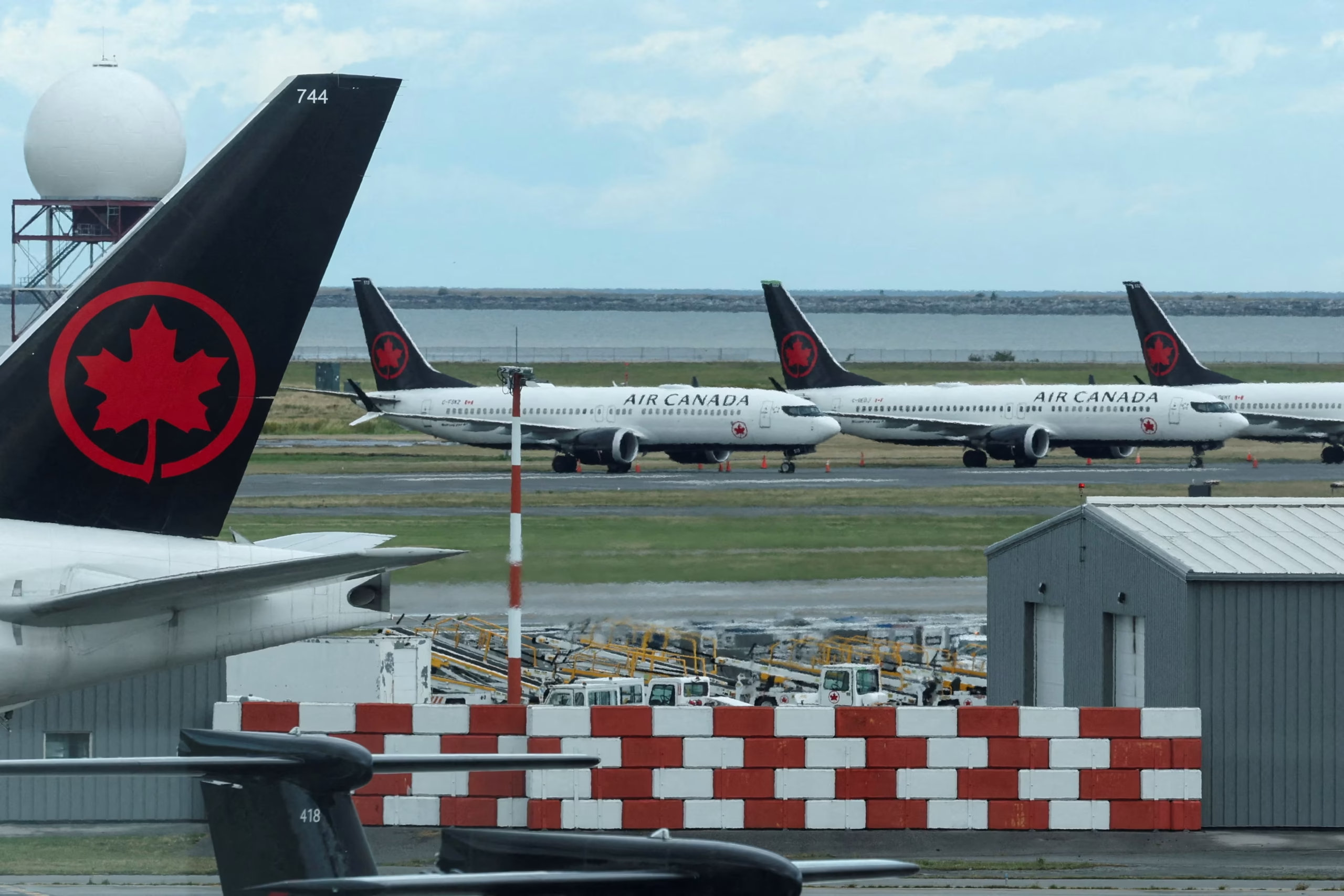
Air Canada is set to resume its flight services following a government order that effectively ended the airline employees’ strike, which had interfered with travel nationwide and internationally. The strike, orchestrated by unions for ground staff and various workers, resulted in the cancellation of numerous flights, leaving thousands of travelers stuck in North America and abroad.
- The federal intervention followed the failure of negotiations between Air Canada management and union representatives to reach an agreement. The administration referenced the wider economic effects of the strike—impacting tourism, commerce, and necessary travel—as a reason for intervening. Officials sought to limit additional harm to the aviation industry by issuing a back-to-work order, as it has only recently started to bounce back from the prolonged aftermath of the pandemic.
Although the directive has compelled employees to go back to work, union representatives voiced discontent, stating that the mandate weakens their collective bargaining rights. They contended that essential matters, including pay, work hours, and employment stability, are still not settled. Labor advocates caution that the absence of real compromise might lead to heightened tensions and potential disruptions again in the future.
For travelers, though, the prompt return of flights provides comfort. Air Canada has declared that it will focus on rebooking stranded passengers and slowly ramp up to full capacity.Industry analysts suggest that the event highlights the fragile balance between worker expectations and the overall stability of the aviation sector.
- As Air Canada resumes flights, the focus shifts to rebuilding trust among travelers and employees
- The result of upcoming negotiations will decide if this directive acts as a short-term fix or a pivotal change in labor relations at Canada’s leading airline


